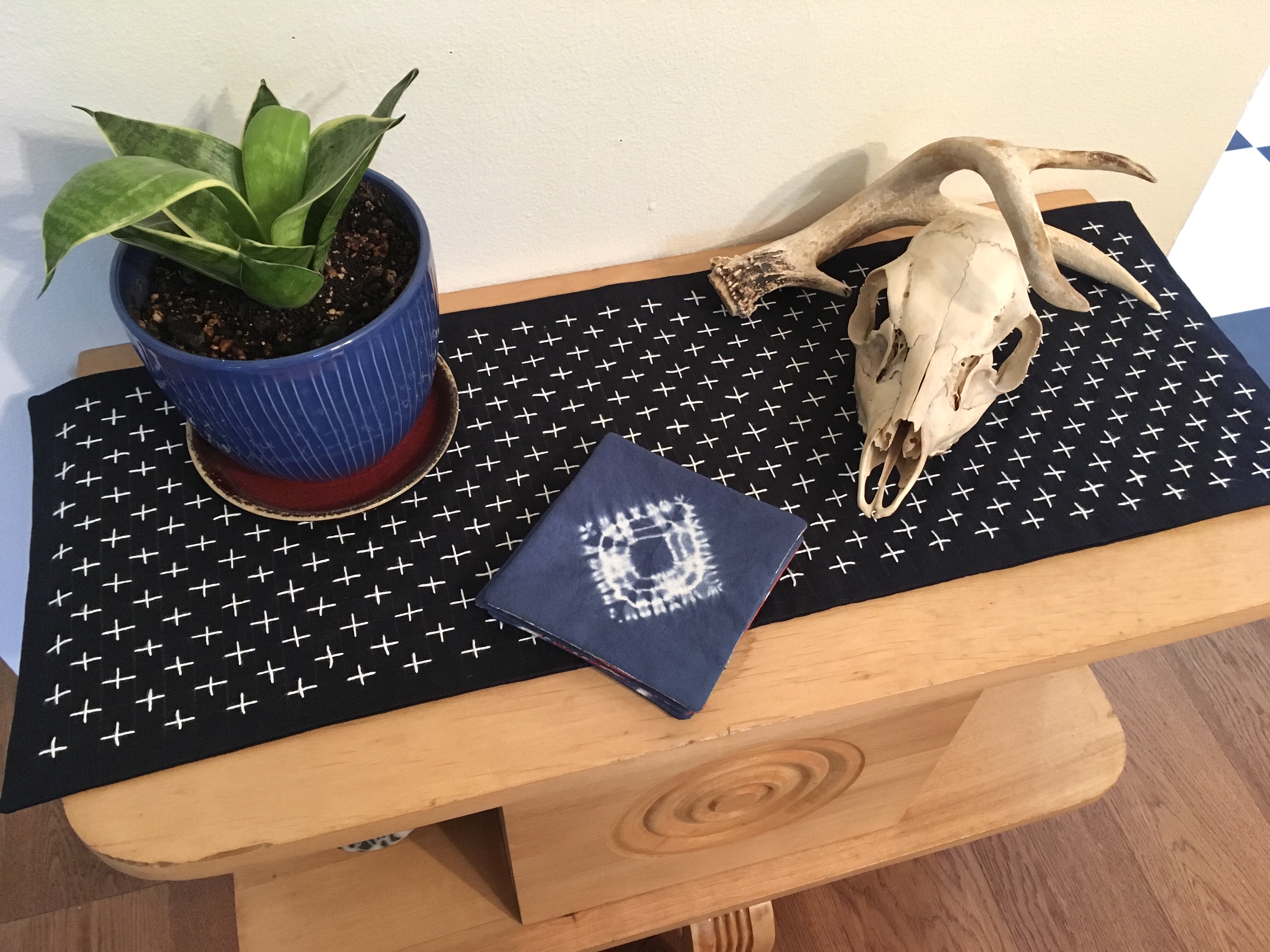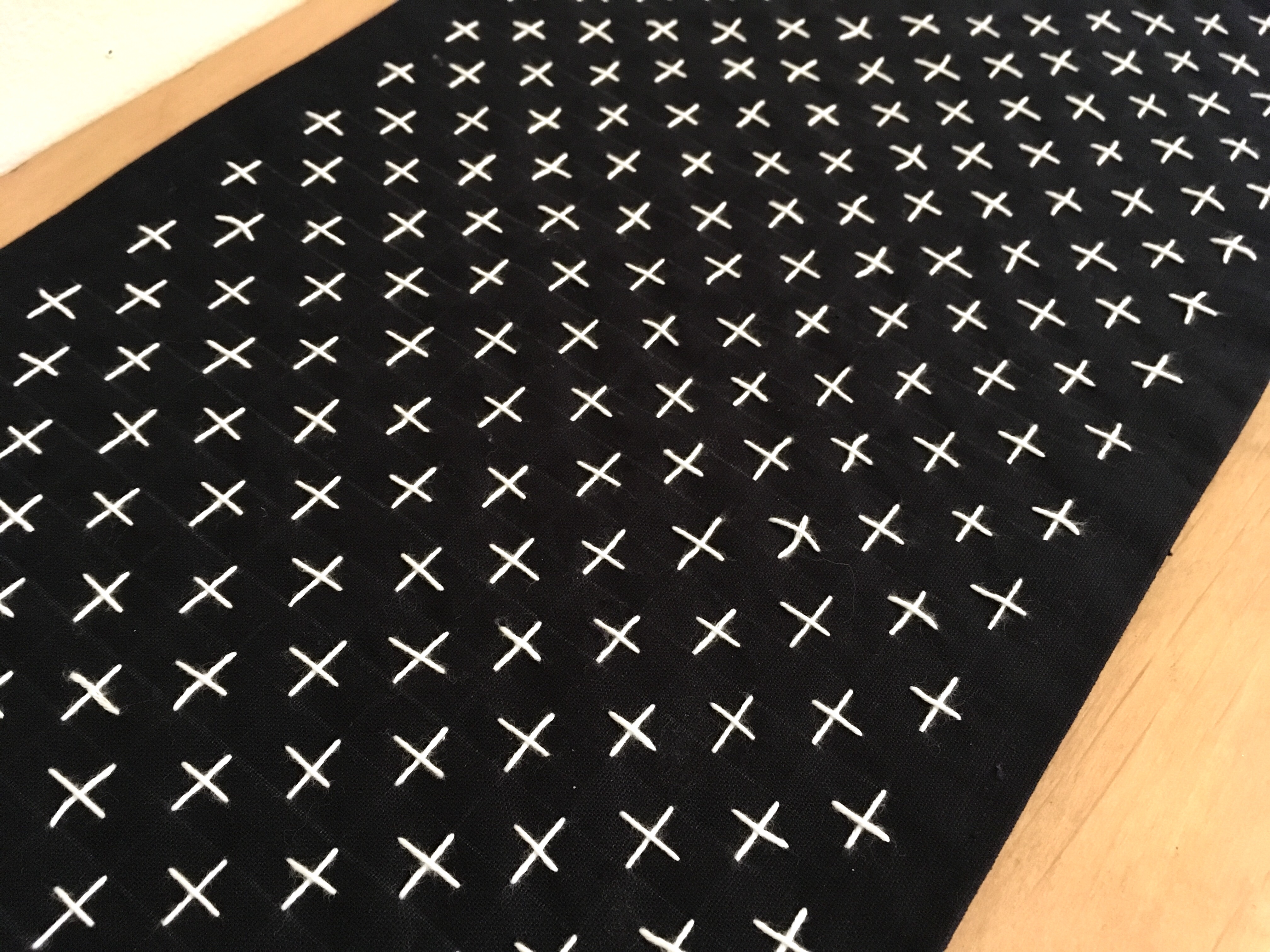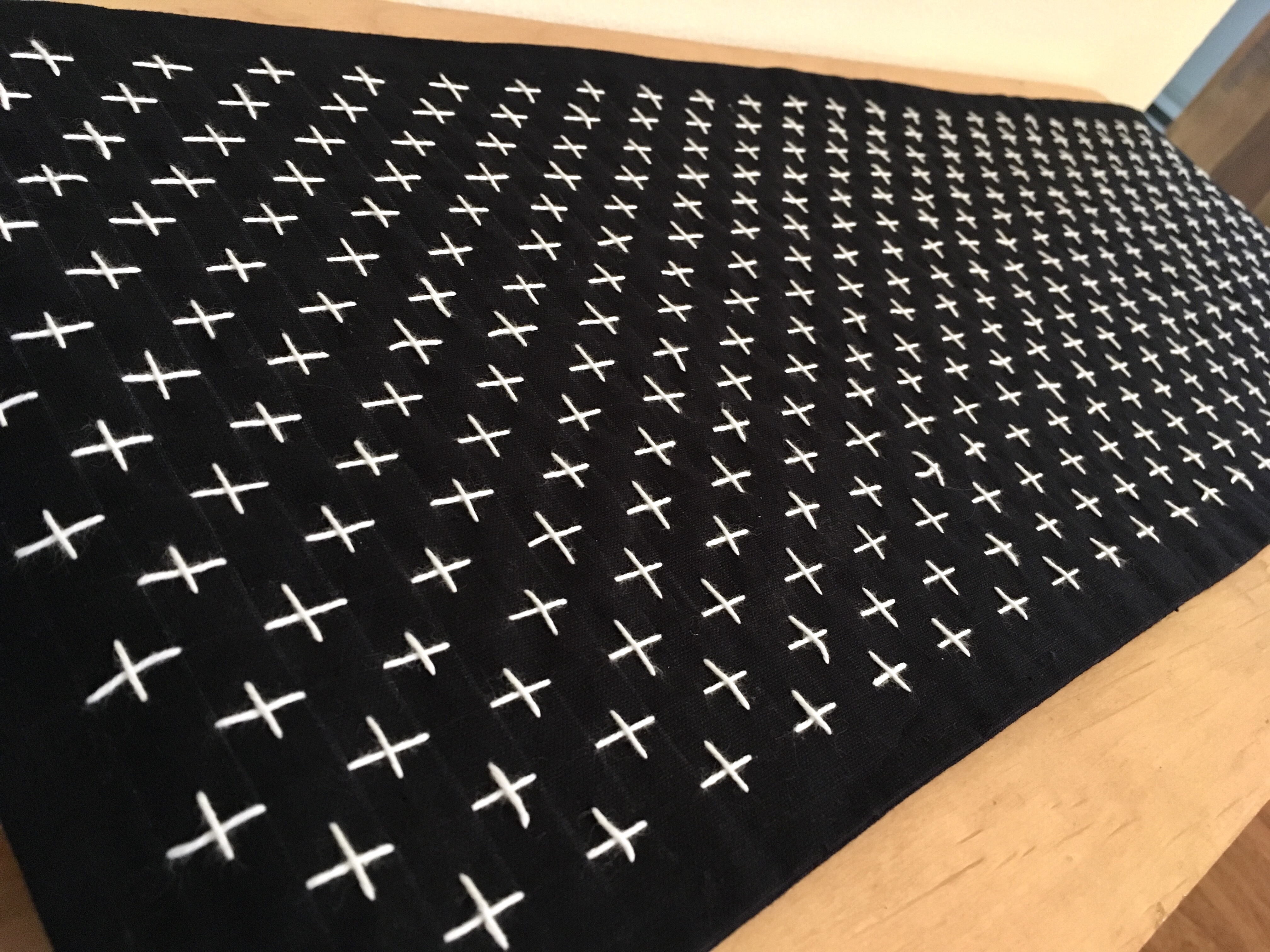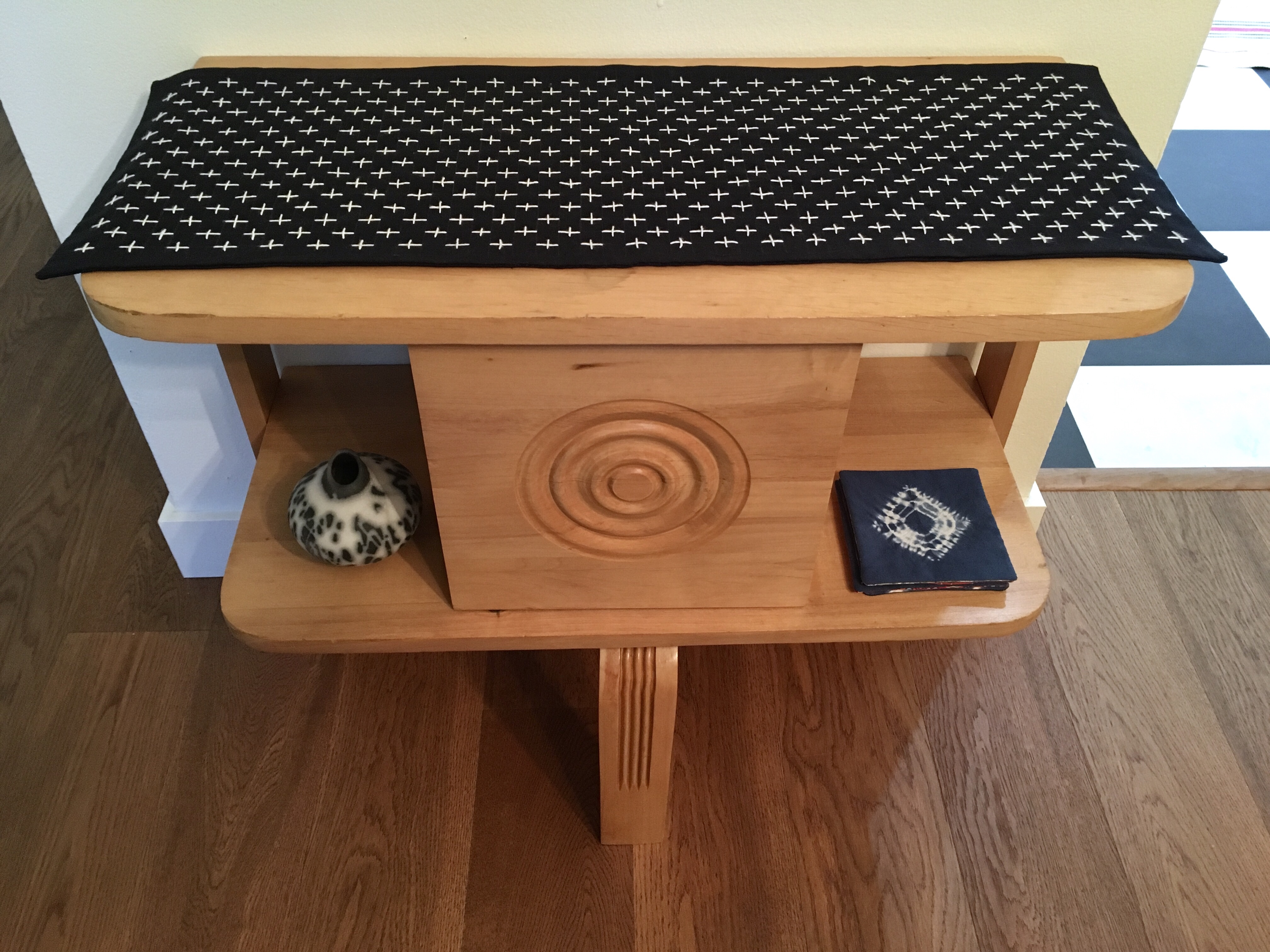I love metallics and have used them in my work in various ways over the years, mostly as inks or paints applied to paper. When we were in Berlin a few years ago, I was excited to find rolls of metallic foil paper in the fantastic art and design store Modulor. I came back with a roll of copper, and Boris brought me back a whole range of other colours when he went to Berlin again on a business trip.
I had previously done a few test cut pieces with this material but hadn’t yet tackled anything beyond that until recently. Just before Christmas I pulled some of it out to do more tests and see how well it would work in creating a cut paper design. The material “tests” became finished pieces that I ended up framing because they worked out so well.
I drew the designs using a mechanical pencil (as I always do) and was interested to see it scores the metal paper more than marks it with the graphite but it makes it easy to see the lines and follow them when cutting. There is potential to do a piece by scoring a design into the material rather than cutting.

Hand-cut copper foil paper
It is a slightly thick material but no more difficult to cut through than other papers I work with. I did need to change the blade more than I would have working on a similar sized piece in fibre-based paper. Maybe three blades were used when usually one would be sharp enough at this scale.

Hand-cut silver foil paper
I’m hoping to work with this material again soon and create a few larger pieces utilizing the full colour range of metallic foil papers I have on hand.
You can find these two framed and ready to hang in my online shop.




































